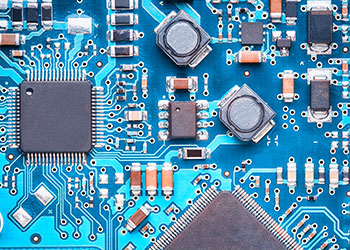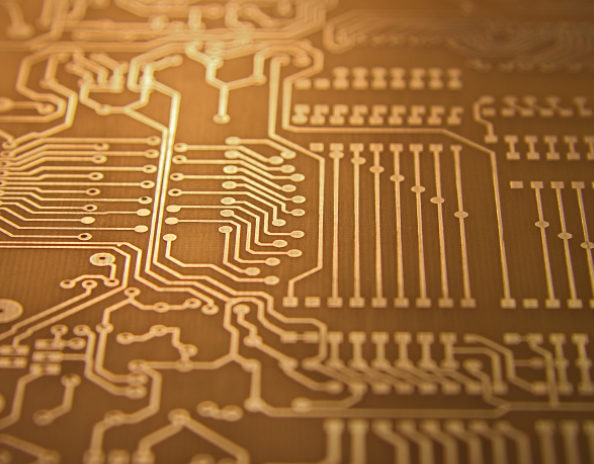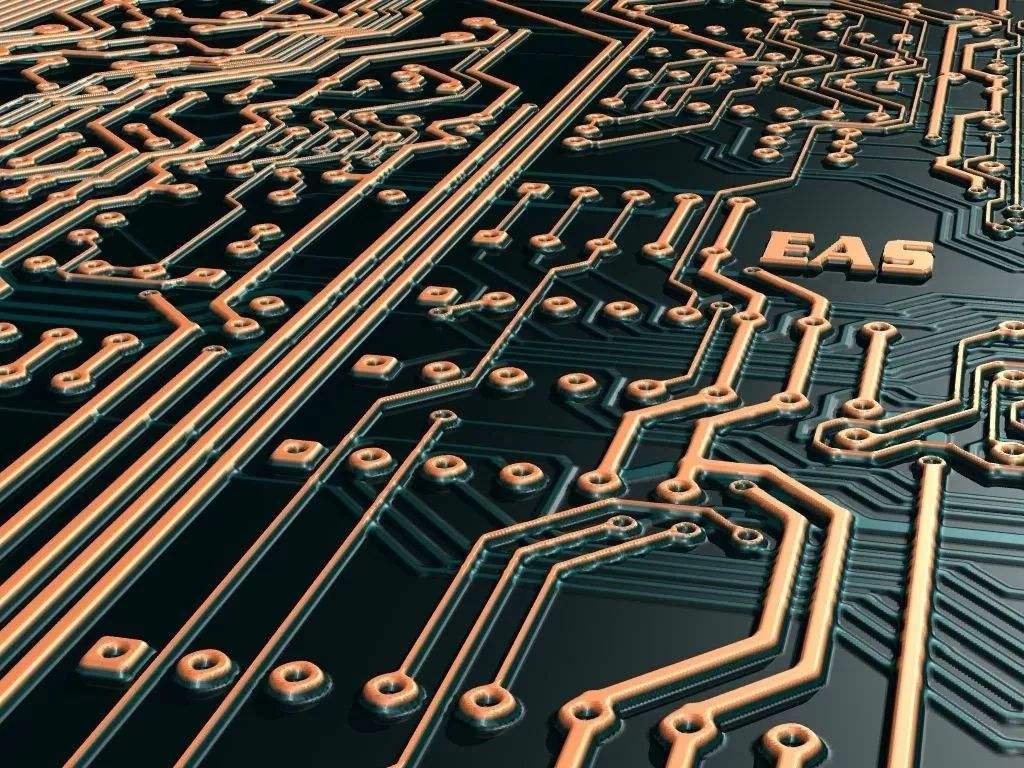
Several types of PCBA surface treatment
Surface treatment technology
At present, the environmental problems involved in PCBA production are particularly prominent. Lead and bromine are the hottest topics at present. Lead free and halogen-free will affect the development of PCB in many ways. Although the change of PCBA surface treatment process is not significant and seems to be far away, it should be noted that long-term slow change will bring great changes. With the increase of environmental problems, PCBA surface treatment technology will change greatly in the future.
PCB surface finish is the coating between components and bare PCB. There are two basic reasons for its application: ensuring solderability and protecting bare copper circuits. As there are many types of surface treatment, it is not easy to choose the correct surface treatment, especially when surface mounting becomes more complex and RoHS and WEEE regulations change the industry standards.

Recently, the common PCB surface treatment technologies that Jingbang may use when manufacturing pcbA include HASL (hot air solder leveling), organic coating (OSP), chemical nickel/gold plating, chemical silver plating, chemical tin plating, etc.
HASL (hot air solder leveling)/HASL lead-free:
Hot air solder leveling refers to coating the PCB surface with molten tin lead solder and heating compressed air for leveling (blowing) to form a coating that is both resistant to copper oxidation and has good weldability. During hot air solder leveling, PCB shall be immersed in the melted solder. The air knife can clean the liquid solder before the solder solidifies, which can minimize the crescent shape of solder on the copper surface and prevent welding bridge.
Hot air rectification is divided into vertical and horizontal. Generally speaking, the horizontal type is better, and the horizontal hot air leveling coating is mainly uniform. The general process of automatic production is as follows: micro corrosion → preheating → coating flux → tin spraying → cleaning.
Advantages: low cost, available and maintainable
Disadvantages: uneven surface, unsuitable for fine pitch components, thermal shock, unsuitable for electroplating through hole (PTH), poor wettability
Organic coating (OSP):
Unlike other surface treatment processes, OSP acts as a barrier between copper and air. In short, OSP is a chemical process to grow an organic film on the clean bare copper surface, which has the functions of oxidation resistance, thermal shock resistance and moisture resistance, and protects the copper surface from rust (oxidation or vulcanization, etc.) In a normal environment. At the same time, it must be easily removed by the flux at the welding temperature after welding. Organic coatings are widely used in industry due to their simple process and low cost. The early organic coating molecules are antirust imidazole and benzotriazole, and the recent molecules are mainly benzimidazole. In order to ensure multiple refluxing, if there is only one layer of organic coating on the copper surface, it may not work, that is, there must be many organic layers, which is why copper solution is usually added to the chemical bath. After the first layer is coated, the coating adsorbs copper. Then, the molecules of the second layer of organic coating combine with copper until twenty or even hundreds of organic coating molecules concentrate on the copper surface.
The general process is: degreasing → micro etching → pickling → pure water cleaning → organic coating → cleaning, which is much easier than other treatment processes.
Advantages: lead-free, flat, simple process, repairable
Disadvantages: unfavorable to PTH, sensitive, short shelf life
ENIG (electroless nickel plating/gold deposition):
Unlike OSP, ENIG is just a thick nickel gold alloy, which has excellent electrical properties on the copper surface. It can protect PCB for a long time and play the role of anti rust layer. It can play a role in the long-term use of PCB and achieve good electrical properties More importantly, it also has environmental tolerance that other surface treatment processes do not have. Nickel plating is due to the mutual diffusion of gold and copper, and the nickel layer can prevent the diffusion between them. If there is no nickel layer, gold will diffuse to copper in a few hours. Another advantage of electroless nickel plating/impregnation is the strength of nickel, which is only 5um thick and can control the Z expansion at high temperatures. In addition, electroless nickel/gold plating can also prevent copper dissolution, which will facilitate lead-free soldering.
The general process is acid cleaning → micro etching → pre leaching → activation → chemical nickel plating → chemical leaching. The whole process has 6 chemical tanks, involving nearly 100 chemicals, which is relatively complex
Advantages: flat, solid, lead-free, suitable for PTH
Disadvantages: black mat syndrome, expensive, not suitable for re production
Shen Yin:
The difficulty of silver impregnation process in smt production lies between OSP and electroless nickel plating. Silver immersion will not coat PCB with heavy armor. It can provide excellent electrical performance and maintain good solderability even in high temperature, humid and polluted environments, but it will lose luster. As there is no nickel under the silver layer, silver immersion does not have all the good physical strength required by ENIG. Silver immersion is a kind of displacement reaction, which is almost a submicron pure silver coating. Sometimes the process also contains organic substances, mainly to prevent silver corrosion and eliminate silver migration. Generally speaking, it is difficult to measure the organic matter in this thin layer. Analysis shows that the weight of organic matter is less than 1%.
Tin dipping:
Since all current solders are tin based, the solder layer can match any type of solder. However, the previous PCB impregnation process is easy to produce tin whiskers, and the transfer of tin whiskers and tin during welding will bring some unavoidable problems, which limits the use of the impregnation process. After adding organic additives into the solution, the tin layer structure is granular, which overcomes the previous problems and has good thermal stability and solderability.
The tin dipping process can form flat copper tin compounds with good solderability, which is the same as hot air leveling, but there is no flatness problem. There is no diffusion problem between electroless nickel plating and impregnated metal, but the tin plate cannot be soaked for too long.
Comparison of cost and weldability
Cost: nickel gold plating>gold deposition>silver deposition>tin deposition>tin spraying>OSP.
Actual solderability: electroplated nickel gold>HASL>OSP>ENIG>silver deposition>tin deposition









